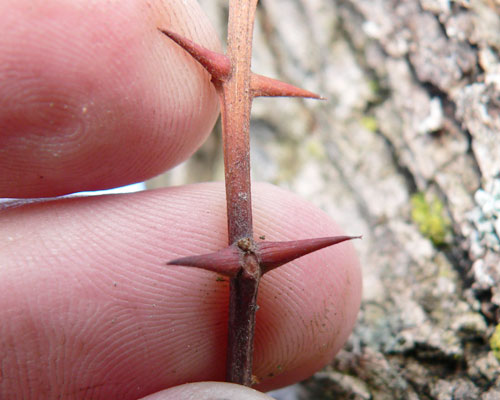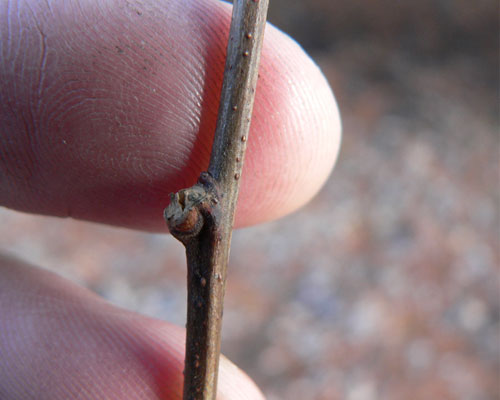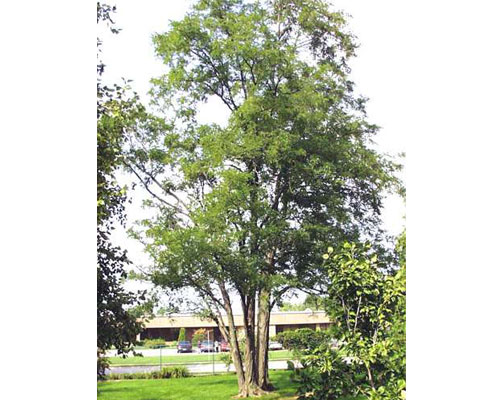Black Locust
Black Locust
Robina pseudoacacia - #6
To create an entrance to their home that was better suited to their active lifestyle and prodigious entertaining, Cornelia, in 1915, added the allee and lined it with black locust dug from the shores of the Delaware River. Those original black locusts, aged and deteriorating, have been replaced to maintain the historic integrity of this popular European design into the future.
Black locust wood is highly durable and is considered one of the best for fuel, fence posts, and pole barn supports. The tree is also planted to prevent soil erosion, and to enrich the earth through the nitrifying bacteria found in its roots.








